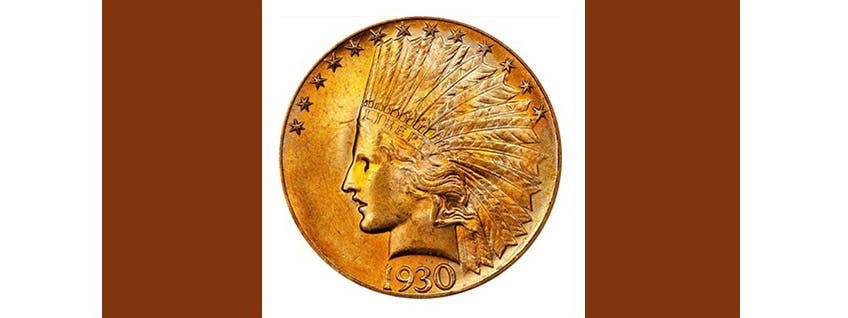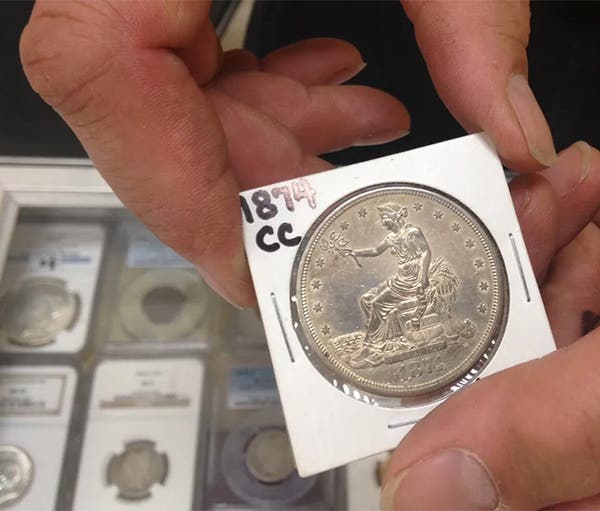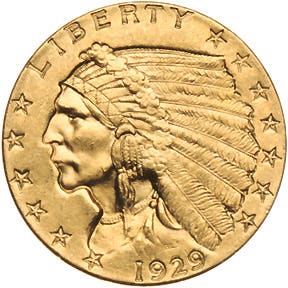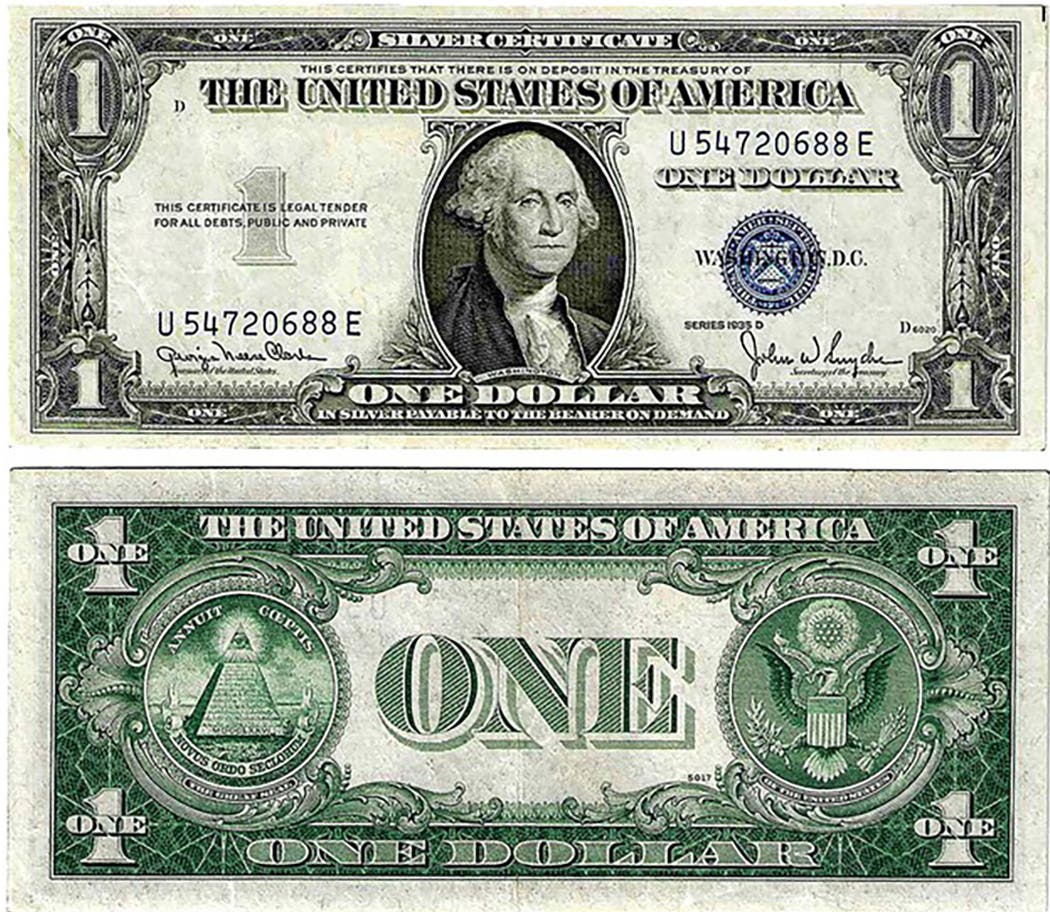About Argentina’s Monetary System
It could be some years before we know if an effort is made to tie Argentina’s currency to the U.S. dollar and, if it is, how that worked.
In the early 1900s, Argentina had one of the highest standards of living of any nation on the planet. That changed dramatically when Juan Peon served as president from 1946 to 1955 and again from 1973 to 1974. The nation suffered a huge decline in exports, high inflation, and multiple currency collapses over the past 75-plus years. From being in the top 10 nations in per capita income in the early 1900s, the International Monetary Fund this year puts Argentina at 66th highest.
With extremely high inflation and a devastated economy (when I visited Buenos Aires and Ushuaia in 2019, the value of the money had fallen so low that coins no longer circulated), the government has continuously disappointed the citizenry. In response, Javier Milei was elected the new president, assuming office on Dec. 10, 2023. One of Milei’s campaign promises was to stabilize Argentina’s currency by tying its value to the U.S. dollar.
Politicians often make promises that they never fulfill, either by not pursuing them or by too much political opposition. So, it could be some years before we know if an effort is made to tie Argentina’s currency to the U.S. dollar and, if it is, how that worked.
President Milei also made other promises of reining in government budget deficits, cutting government spending, and decreasing the impact of government on the lives of the nation’s citizens. Examples in the 20th century suggest that if Milei is successful to a great degree in his promises, he just might turn around the Argentinian economy.
After the end of World War II, both Germany and Japan suffered from high inflation, massive government budget deficits, onerous taxes, and massive regulation of people’s lives. Joseph Dodge, a banker from Michigan, was sent by President Truman to Germany as an advisor to General George C. Marshall. Though it took two years, he outlawed government deficit spending, replaced the Reichsmark with a Deutschemark tied through the U.S. dollar to gold, and reorganized that nation’s banking system. Taxes were cut. Inflation came to an immediate halt. The German economy made a miraculous recovery.
In 1949, Truman sent Dodge to Japan as an advisor to General Douglas MacArthur. As he did in Germany, Dodge stopped government deficits, tied the yen currency through the U.S. dollar to gold, decreased government intervention in the economy, and cut taxes. Once again, inflation came to a halt. This economic stabilization was referred to as the Dodge Line. Like Germany, Japan’s economy started to flourish. Japan’s government avoided deficit spending for almost 20 years.
Argentinian President Milei’s campaign promises appear to have much in common with the policies that stopped high inflation in Germany and Japan and put both nations on the road to becoming economic powerhouses. I’m crossing my fingers that Milei will be able to implement his pledges and that tying that nation’s currency to the U.S. dollar can produce a similar positive result.
Ecuador is another South American country. In 2000, it replaced its sucre currency, which had suffered a huge loss in value, with the U.S. dollar. Since then, the nation has seen better economic times, with economic growth of as much as 8 percent in some years.
El Salvador adopted the U.S. dollar as its circulating currency in 2001. At the time, about 14 percent of that nation’s population lived in poverty. With the economic growth in constant U.S. dollars of about 40 percent since then, the World Bank reported last year that the nation’s poverty rate was down to 3.4 percent.
Keep your eye on Argentina and hope for the best.
Answer to the Previous Trivia Question
Last week, I asked: Although there are U.S. Treasury notes issued in the denominations of $1, $2, $5, $10, $20, $50, $100, and $1,000, why wasn’t one issued in the denomination of $500?
The Treasury Note series depicted Union cabinet members and military leaders. The $500 denomination was supposed to have a portrait of Union General William Tecumseh Sherman, notorious for his devastating March to the Sea across much of Georgia. Even in 1890, only 25 years after the end of the Civil War, government officials decided that the use of Sherman’s image on paper money might still spark resentment. So, it was never issued.
This Week’s Trivia Question
Whose image appears on the greatest number of different coin issues? Come back next week for the answer.
Patrick A. Heller was honored as a 2019 FUN Numismatic Ambassador. He is also the recipient of the American Numismatic Association 2018 Glenn Smedley Memorial Service Award, 2017 Exemplary Service Award, 2012 Harry Forman National Dealer of the Year Award, and 2008 Presidential Award. Over the years, he has also been honored by the Numismatic Literary Guild (including twice in 2020), the Professional Numismatists Guild, the Industry Council for Tangible Assets, and the Michigan State Numismatic Society. He is the communications officer of Liberty Coin Service in Lansing, Mich., and writes Liberty’s Outlook, a monthly newsletter on rare coins and precious metals subjects. Past newsletter issues can be viewed at www.libertycoinservice.com. Some of his radio commentaries titled “Things You ‘Know’ That Just Aren’t So, And Important News You Need To Know” can be heard at 8:45 a.m. Wednesday and Friday mornings on 1320-AM WILS in Lansing (which streams live and becomes part of the audio archives posted at www.1320wils.com).






